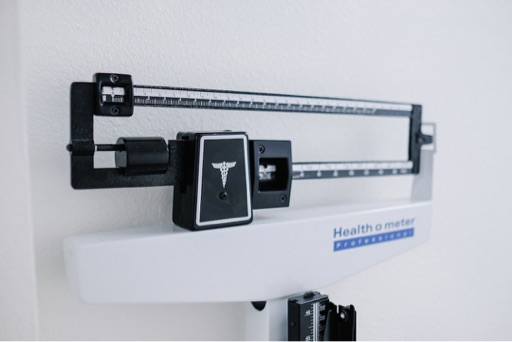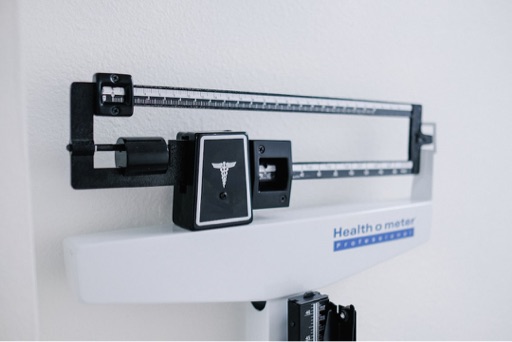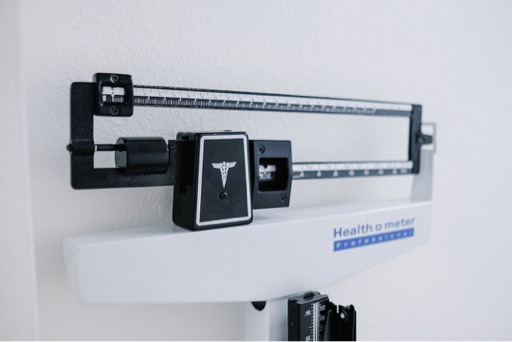Osteoporosis is often described as a “silent disease” because there are few, if any, symptoms until someone experiences a fracture, typically in the hip, wrist, or spine. Recent guidelines from the U.S. Preventive Services Task Force highlight the importance of bone density scans, particularly for women aged 65 years and older.
It is estimated that at least 1 in 5 women older than 50 in the U.S. have osteoporosis, yet many remain unaware of their condition. The task force has reiterated that for postmenopausal women younger than 65 with risk factors such as low body weight, family history of broken hips, smoking, and excessive alcohol consumption, a risk assessment questionnaire can determine the need for a bone density scan.
Dr. Esa Davis, a task force member, emphasized the critical nature of screening, noting that osteoporosis leads to weaker bones, increasing the risk of fractures and associated complications, including chronic pain and loss of independence. Studies estimate that between 21% to 30% of individuals who suffer a hip fracture may die within a year due to complications.
For individuals concerned about their bone health, several signs may indicate developing osteoporosis, such as a stooped posture, loss of height, and bone discomfort. However, these symptoms can also be found in other conditions, complicating diagnosis. It’s critical for healthcare providers to prioritize bone density testing to avert the long-term consequences of bone fractures.
As rapid weight loss becomes more common, especially with the increased use of medications like semaglutide, the potential impact on bone health raises concerns. Significant weight loss without exercise can decrease bone density. Healthcare providers recommend that individuals, especially women over 65, have a bone density test before commencing any weight-loss medications.
Osteoporosis is both preventable and treatable. Stabilization or improvement in bone density is possible through medications that can decrease fracture risk by up to two-thirds, depending on the drug and fracture site. Key preventive measures include a balanced diet rich in fruits and vegetables, engaging in regular physical activity that emphasizes strength training and weight-bearing exercises, and ensuring adequate intake of calcium and vitamin D.
Health experts recommend consuming calcium-rich foods three times a day and suggest that for many people, vitamin D supplements may be necessary, with the typical dose ranging between 800-1000 international units for those aged 50 and above. However, individual needs may vary, and it’s best to consult a doctor about supplementation.
As osteoporosis remains a potentially devastating condition, heightened awareness, regular screening, and proactive health measures are vital for preventing fractures and maintaining quality of life for those at risk.

Source: NBC News





